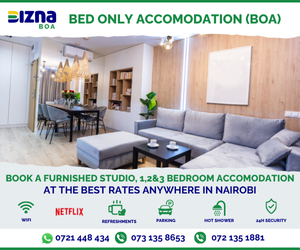By Bizna Brand Analyst
I’ve made a good number of business cards ever since I completed my university education. Some I spent a ton of time on, working on the design and beauty. You may have done the same. You sit there agonizing over the logo (if you have one), where your name goes, which phone number you put down, and how quickly you’ll dish them out. Because honestly, a lot of us don’t think about business cards until there’s some event coming up where we know we’ll meet a lot of people. We want to to make a great impression and convey professionalism. However, there’s something about business cards that a lot of us forget: They aren’t the end-all-be-all for making connections. In fact, I don’t even think they make you memorable.
Your ability to network far outweighs any information a business card might have. Speaking from personal experience, I remember the conversations and impressions people made on me more than I do their business cards. When I want to get in touch with someone or someone follows up with me, I don’t think “Oh yeah, that’s the person with the awesome business card. Can’t wait to connect with them again!” I think about what we discussed and what I learned from and about them. I think about what they took the time to learn from and about me. I get a sense of who they are, what they’re focused on, and where they’re trying to go. I become intrigued by their story. That’s far more memorable than a piece of card stock.
Now I’m not saying business cards aren’t important. But don’t think that a box of 250 cards handed out like a pamphlet at the corner is a replacement for a meaningful conversation. You’re better off giving a business card to five people you had a good chat with than 50 people you spent five seconds with. Less is more. Less business cards, more time making connections.
I’d suggest that you not worry about your business card anymore. If you want to have one – fine. Make it simple. What people really want and need is your name and what you do. It wouldn’t hurt to provide your email address and phone number. Most importantly, they need your website address or LinkedIn profile. That’s where they’re going to go first to get in touch with you.
When they arrive to your website make it easy for them to get in touch with you. Put your phone number, email address, and physical address in places that are easy to find. Give the user the option of clicking to email or clicking to call. Make it easy.
Some people won’t even type in your website address. They’ll simply type your name into Google and expect to find you. Be sure your web presence comes up at the top of the search engine results page for your name. Some people give up on doing any deal with you if the don’t find any information about you in Google.
To ensure you rank well on Google, for your name, have your LinkedIn profile complete and up to date. Do the same for Twitter. Create a bio page on your website with your name as the page title. If you’re buried in the results you may want to pay for a Google Adwords ad for that page so you’ll be findable.








